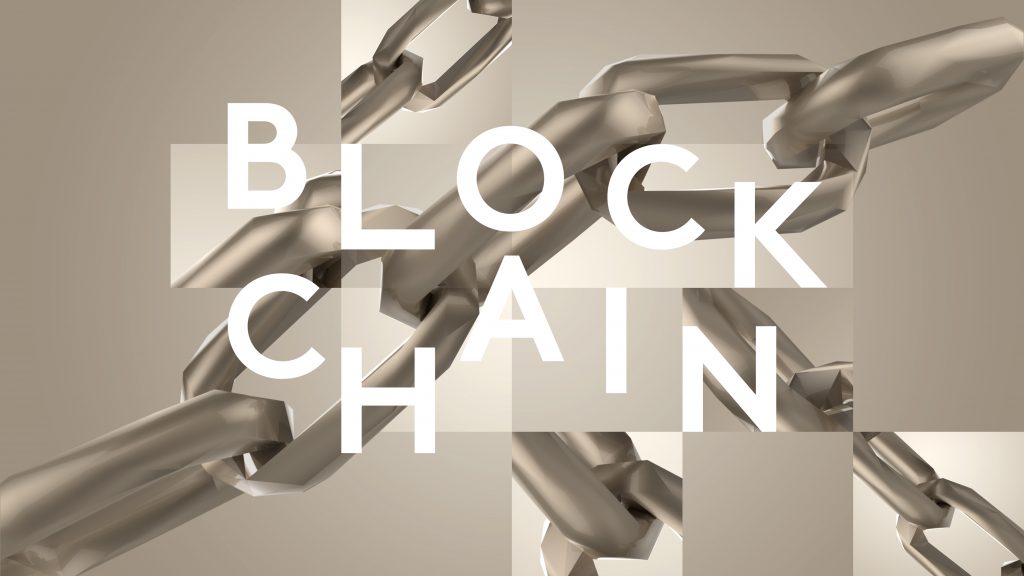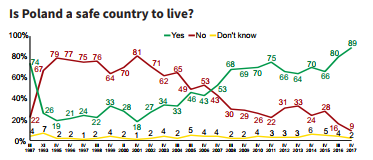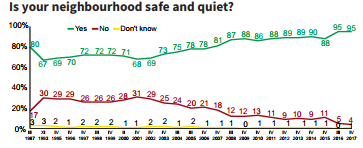This week sees the 18th National Clean Out Your Computer Day, and while It may feel like awareness days are popping up everywhere, this is an important one to take notice of, especially if you value keeping your personal data private. After all, to a criminal your personal or work computer can be a gold mine. If a stranger were to get access to your PC, it is possible that they may even learn enough to steal your identity.
Most of the advice given around Clean Out Your Computer Day concerns a modern type of cleaning – however what is more important than a dust cloth and anti-bacterial screen wipes, is having a decent knowledge of data sanitisation. This includes how to clear your browser and download history, turn off the ‘remember me’ setting for your regular passwords and run anti-virus software to make sure your computer is free from malware.






